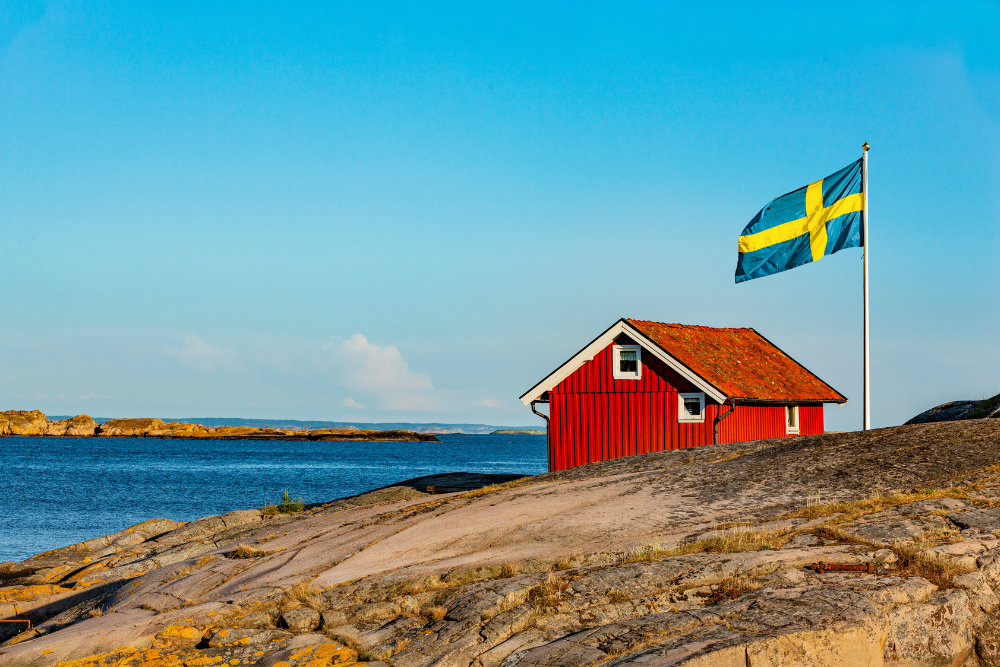Sweden, a land of rich cultural heritage and stunning landscapes, is deeply intertwined with the legacy of the Vikings. From ancient runestones to immersive museums, Sweden offers a fascinating journey into the world of these seafaring warriors, traders, and explorers. Here’s a guide to exploring Viking history in Sweden.
1. The Legacy of the Vikings
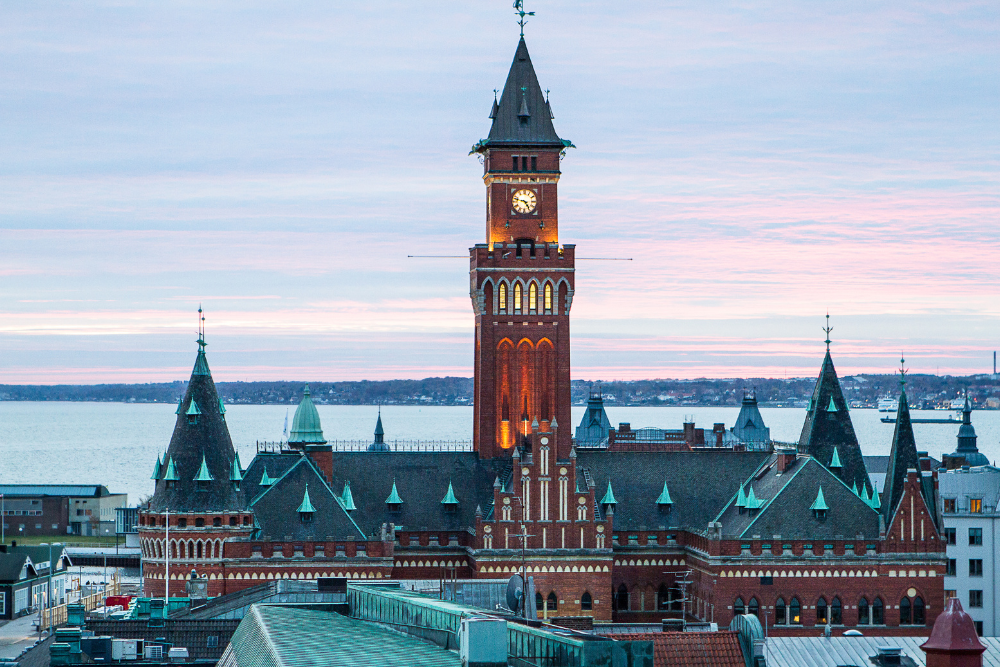
The Viking Age, spanning roughly from 800 to 1050 AD, was a defining era in Scandinavian history. The Vikings were not only warriors but also skilled traders, shipbuilders, and storytellers.
- Cultural Impact: The Vikings influenced art, literature, and governance, leaving a lasting imprint on Swedish identity.
- Trade and Exploration: They traveled as far as the Middle East, showcasing their exceptional navigational skills.
- Mythology: Norse mythology, featuring gods like Odin and Thor, remains a significant cultural touchstone.
2. Rune Stones: Messages from the Past

Runestones are one of the most tangible remnants of the Viking Age, scattered across Sweden and inscribed with runic texts.
- Uppland Region: Known as the “Rune Stone Capital” of Sweden, Uppland has over 1,000 stones.
- Famous Stones:
- The Rök Stone: Believed to be the world’s longest runic inscription.
- The Jelling Stones: These stones offer insights into Viking beliefs and traditions.
- Interpretation: Many stones commemorate deceased loved ones or celebrate achievements.
3. Viking Museums and Sites
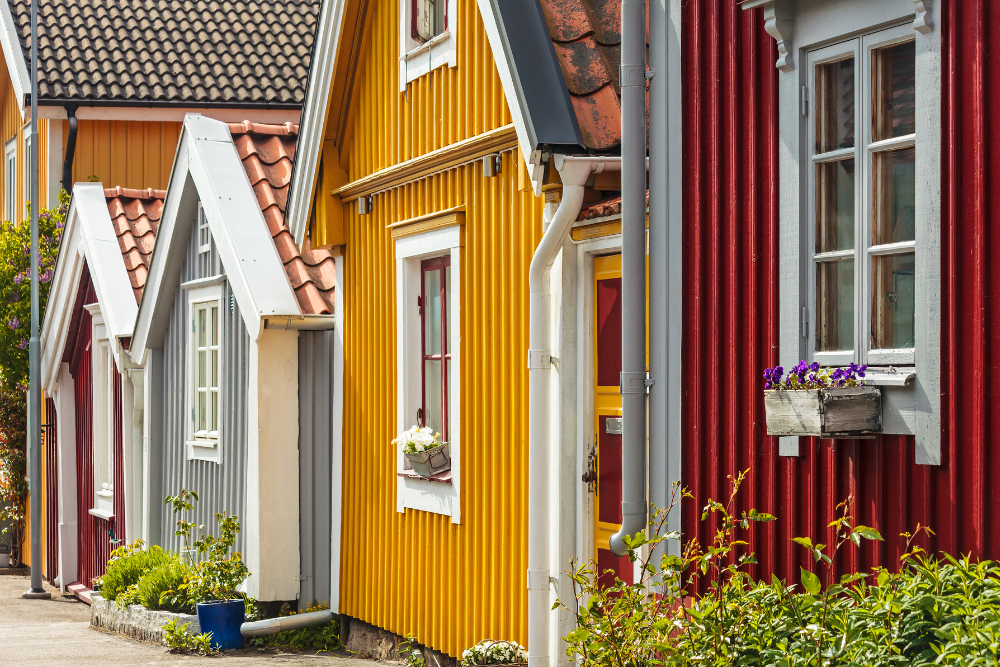
Sweden boasts numerous museums and archaeological sites that bring Viking history to life.
- The Viking Museum (Stockholm):
- Interactive exhibits and a Viking ship replica offer an engaging experience.
- Learn about Viking daily life, mythology, and their influence on modern culture.
- Birka:
- A UNESCO World Heritage Site, Birka was a major Viking trading hub.
- Guided tours and reconstructed Viking houses provide a glimpse into the past.
- Gamla Uppsala:
- An ancient burial site with royal mounds believed to belong to Viking kings.
- The museum on-site explores Viking rituals and mythology.
4. Viking Ships: Masterpieces of Craftsmanship
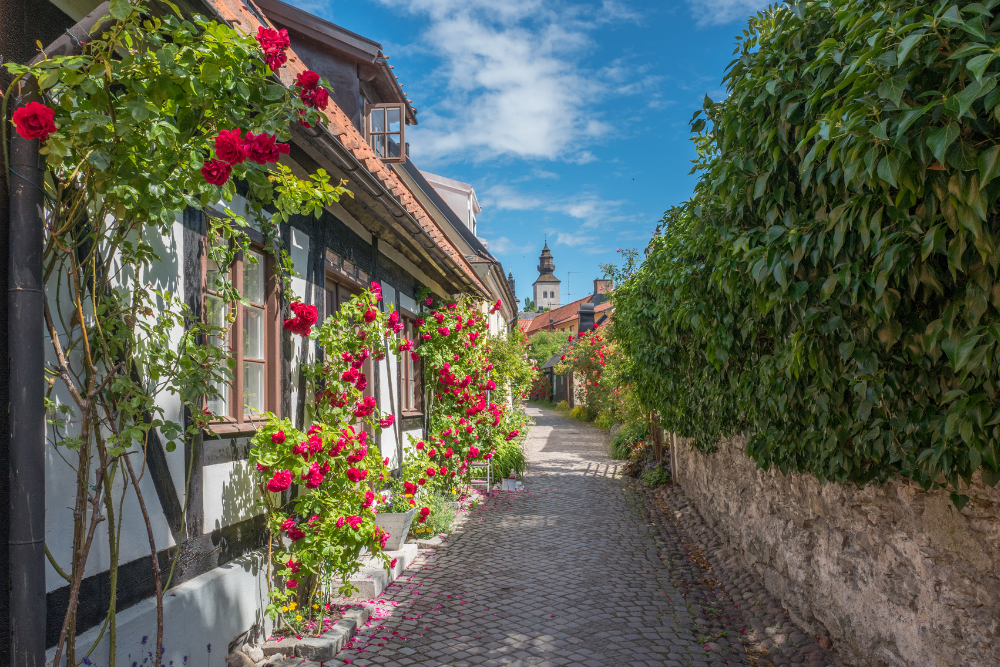
Viking ships were marvels of engineering, enabling long-distance travel and exploration.
- Design: Sleek and fast, these ships were crucial for trade, exploration, and warfare.
- Replicas:
- Roskilde Viking Ship Museum (nearby in Denmark): Features reconstructed Viking ships.
- Local Swedish shipyards often display replicas for tours and events.
- Cultural Importance: The ships symbolize Viking innovation and adaptability.
5. Experiencing Viking Culture Today
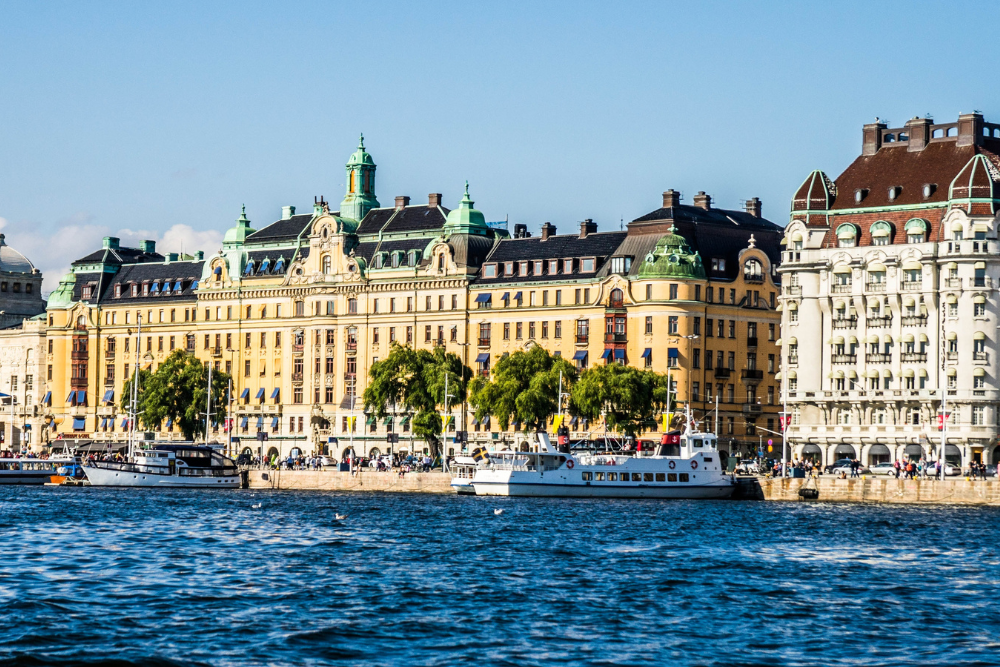
Modern Sweden celebrates its Viking heritage through festivals, reenactments, and educational programs.
- Viking Markets:
- Events like the Gotland Medieval Week feature Viking-inspired markets, crafts, and performances.
- Authentic food, clothing, and crafts transport visitors to the Viking Age.
- Workshops: Participate in activities like rune carving, Viking cooking, and archery.
- Storytelling: Explore sagas and myths that have been passed down for generations.
Conclusion
Sweden’s Viking history is a treasure trove of stories, artifacts, and traditions that continue to captivate locals and visitors alike. From ancient runestones to vibrant festivals, the legacy of the Vikings is alive and well in Sweden. Whether you’re an avid historian or a curious traveler, exploring Viking history in Sweden offers a profound connection to the past and a deeper understanding of this fascinating era.



